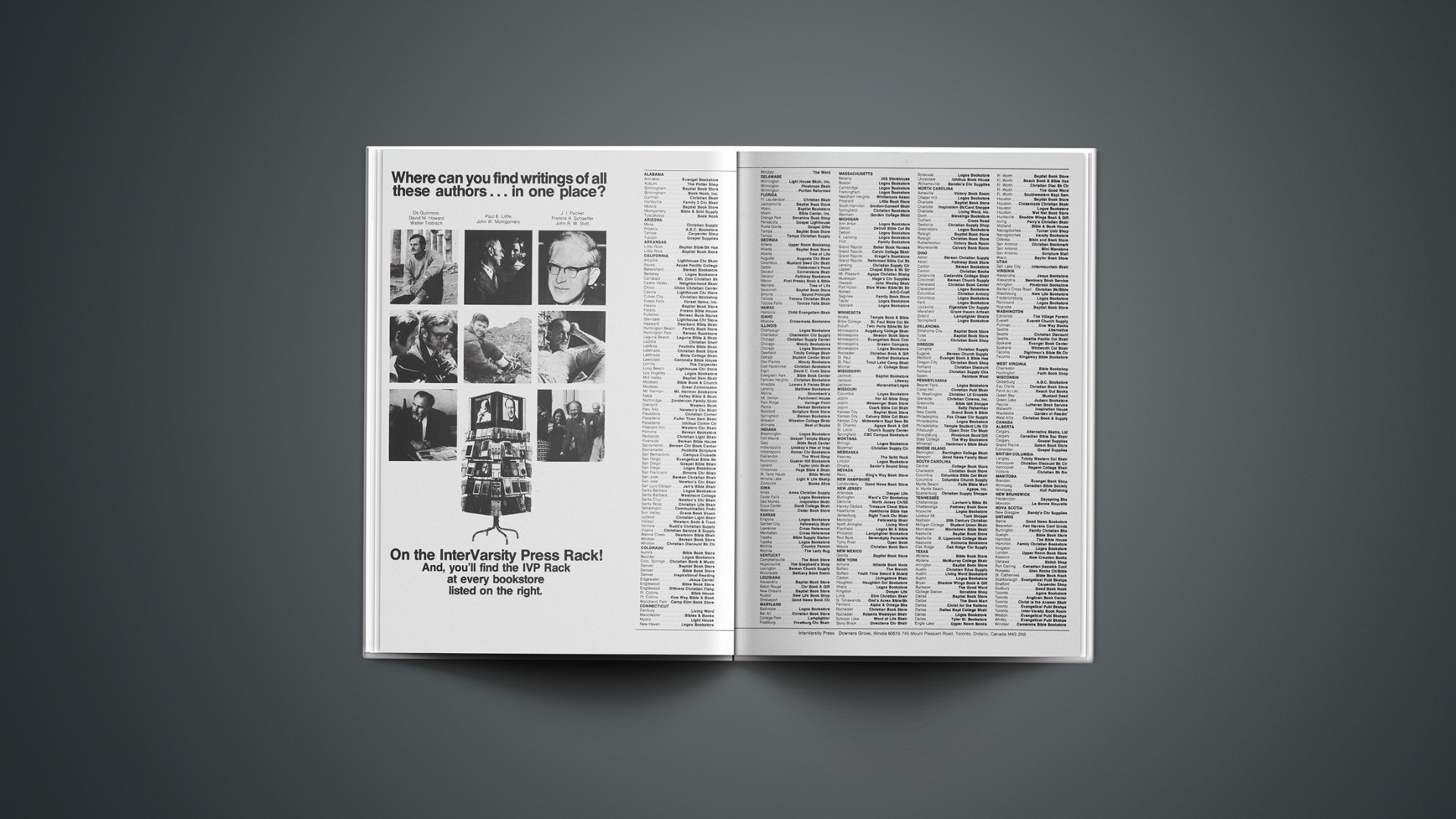Tradition Or Revolution: The Aura Of Hermann Hesse
Ten million copies of his books have been sold in the United States alone, thirteen million in Japan. The son of a pietistic Protestant family with a missionary background in India, Hermann Hesse (1877–1962) turned away from Christianity. In his Siddhartha: An Indian Tale (first published in 1922), he pointed to the wisdom and religious sense of India as the source of that permanence and tranquility that World War I seemed to shatter irreparably in Europe. Of the thirty-five languages into which his books have been translated, twelve are Indian, a clue to the fact that Indians either recognize the authenticity of his writing or at least see in it a reflection of what they would like their spiritual inheritance to be. His twelve-volume collected works, brought out in 1970 by Suhrkamp, have already sold more than 70,000 sets.
Acccording to an article in the Yale Review, two Germans, Hesse and the somewhat younger Marxist philosopher Herbert Marcuse (b. 1898) are the authors who have most deeply influenced Americans growing up in the Viet Nam and post-Viet Nam eras. Marcuse, the prophet of the student New Left, is familiar for his ruthless denunciations of the “late industrial capitalism” and “imperialism” of the United States, to which he wrote a paean of praise in Reason and Revolution when he was a refugee from Nazism (1941).
Hesse’s books joined those of Marcuse in the knapsacks of Viet Nam war resisters and dropouts. Yet there is hardly anything more paradoxical in a century of contradictions than the pairing of the rationalistic, materialistic cynic Marcuse with the romantic, idealistic dreamer Hesse. Marcuse is the prophet of a “systematic linguistic rebellion, which smashes the ideological context in which the words are employed and defined” (An Essay on Liberation, p. 35). He gravely discusses the radical critical cleverness and socially transforming power of calling the highest executives “not President X or Governor Y but pig X or pig Y,” and rendering what they say in speeches as “oink, oink.” For Hesse, language is a sacred treasure.
There is in Hesse, as in almost all modern intellectuals, a sharper criticism of Fascism than of Communism. Thus Hesse writes:
The fascist experiment is a reactionary, useless, foolish and crude experiment, but the communist one is one that humanity had to make, and in spite of its sad tendency to become mired in inhumanness, it must be made over and over again, not in order to achieve the stupid “dictatorship of the proletariat,” but something like justice and brotherhood between the bourgeoisie and the proletariat. We easily forget this in view of the similarity in the methods with which Fascism and Communism work [Briefe, cited in Lektüre für Minuten, p. 15; available in English as Reflections (Farrar, Straus, Giroux, 1974)].
Hesse’s suspicions of political authority and institutions by no means spared Communism or the Soviet bloc: “Whether workers kill the factory owners or Russians and Germans shoot at each other, it only means a change of owners” (Demian, 1919). Nevertheless, it is evident that the bulk of Hesse’s political criticism—most of which is indirect, by allusion or innuendo—is directed at the smug, affluent, selfish bourgeois world of the West.
It would be a mistake to see in Hesse a “poet of revolution.” In fact, if Marcuse criticizes capitalistic society because it has not yet achieved the revolution, Hesse despised it because of its repudiation of tradition. German literary history places him, at the outset of his career, among the neo-Romantics. If many of the original Romantics longed for a recovery of the harmony, structure, and sense of belonging of the Middle Ages, which a colder and more factual appraisal of history would doubt ever existed, Hesse’s romantic yearnings were for the East.
The journey to the East is not only the title of one of his stories but a Leitmotif running through several others. Characteristically he uses the archaic and evocative term Morgenland (morning land, land of the sunrise, comparable to English and French Levant) instead of “East” or “Orient.” The expression Morgenlandfahrt, “Journey to the East,” evokes some of the same romantic quest imagery as the imagery of the Grail (which, not accidentally, is also taken up in his Eastern allegories). For him the Morgenland is not only the land of beginning, but also of renewal; the corresponding image of the Abendland (evening land), the west, is one of decline, darkness, and ending.
Hesse’s repudiation of the West, like Karl Barth’s repudiation of liberal theology, stems from the devastating experience of the First World War, which Hesse, although a German, spent in Switzerland. (During World War I, Switzerland, birthplace of Karl Barth [1886–1968], harbored Hesse and Lenin, and gave birth to the nihilistic artistic movement called Dadaism, each of which contributed in a different way to the demolition of the intellectual, social, and political order of Western Christendom.) But his quest for reality and meaning in the East began before the war, in a voyage to India. Those who are acquainted with India may find little correspondence between Hesse’s idealization and reality. But this was also true of his spiritual predecessor, the German romantic poet and mining engineer Novalis (Friedrich von Hardenberg, 1772–1801), who idealized medieval Christendom as Hesse did the East and for whom the quest-motif is also dominant.
Three prominent characteristics of Hermann Hesse’s writing do less to explain to us his appeal to a young, revolutionary, “drop-out” generation than to raise the question of whether Western society has not totally misunderstood that generation and its needs. The direct “revolutionary” element, in the Marxist sense, is absent in Hesse. In fact, what the Marxists have created in Russia, China, and elsewhere is so arbitrary and so violates the fragility of the human spirit and its sensitivity that it is the opposite of what Hesse sought and what he preached in so many of his writings. The characteristics that strike me as significant for any attempt to understand Hesse’s appeal and what it can tell us about those to whom he appeals are: (1) a repudiation of religious particularity while exalting “the religious”; (2) an idealization of authority, tradition, and the elite; (3) a virtually total lack of credible, meaningful women in his writing. I will examine these three elements in Part II.
HAROLD O. J. BROWN
Harold O. J. Brown is the associate editor of the “Human Life Review,” Washington, D.C.










